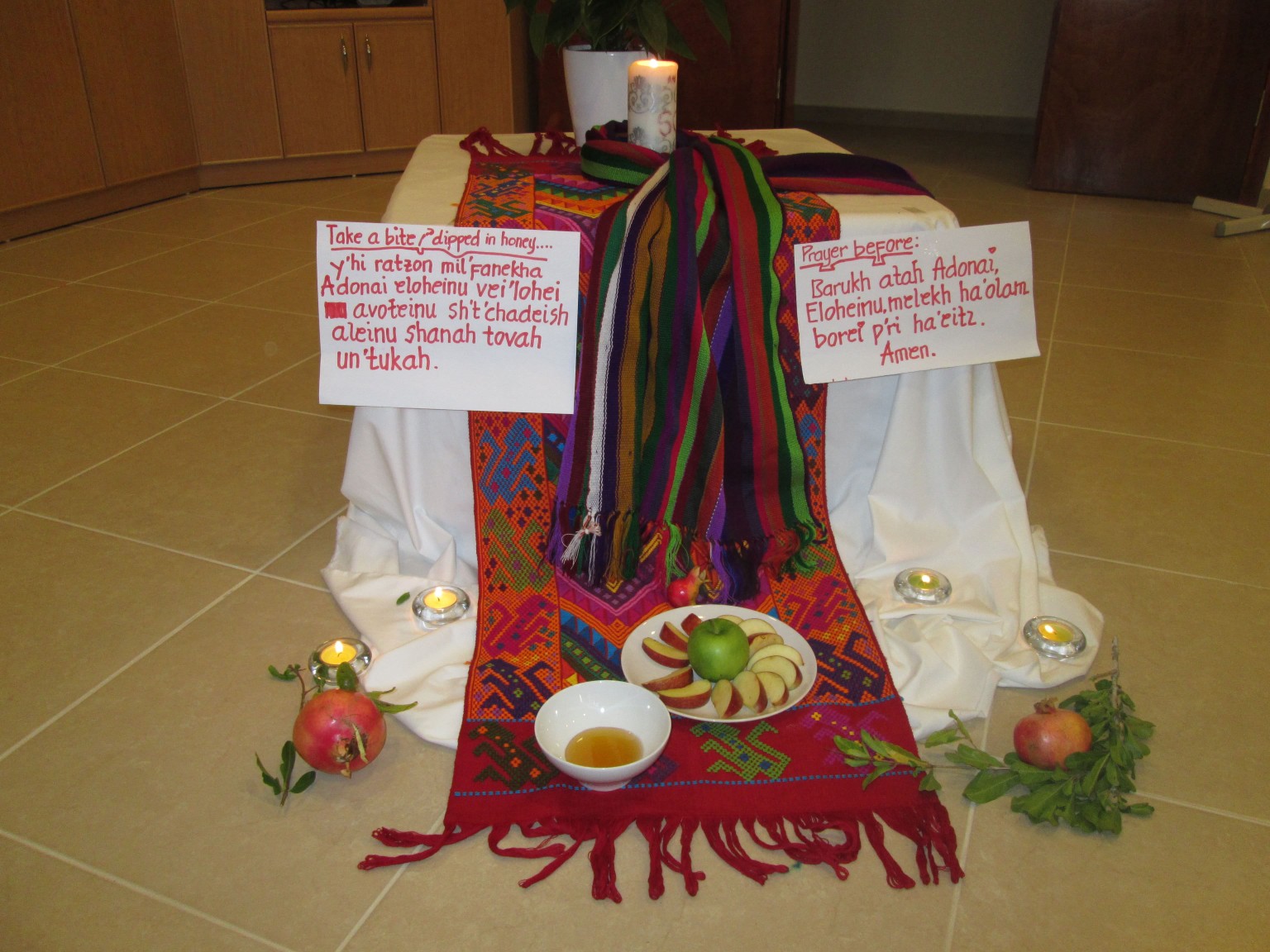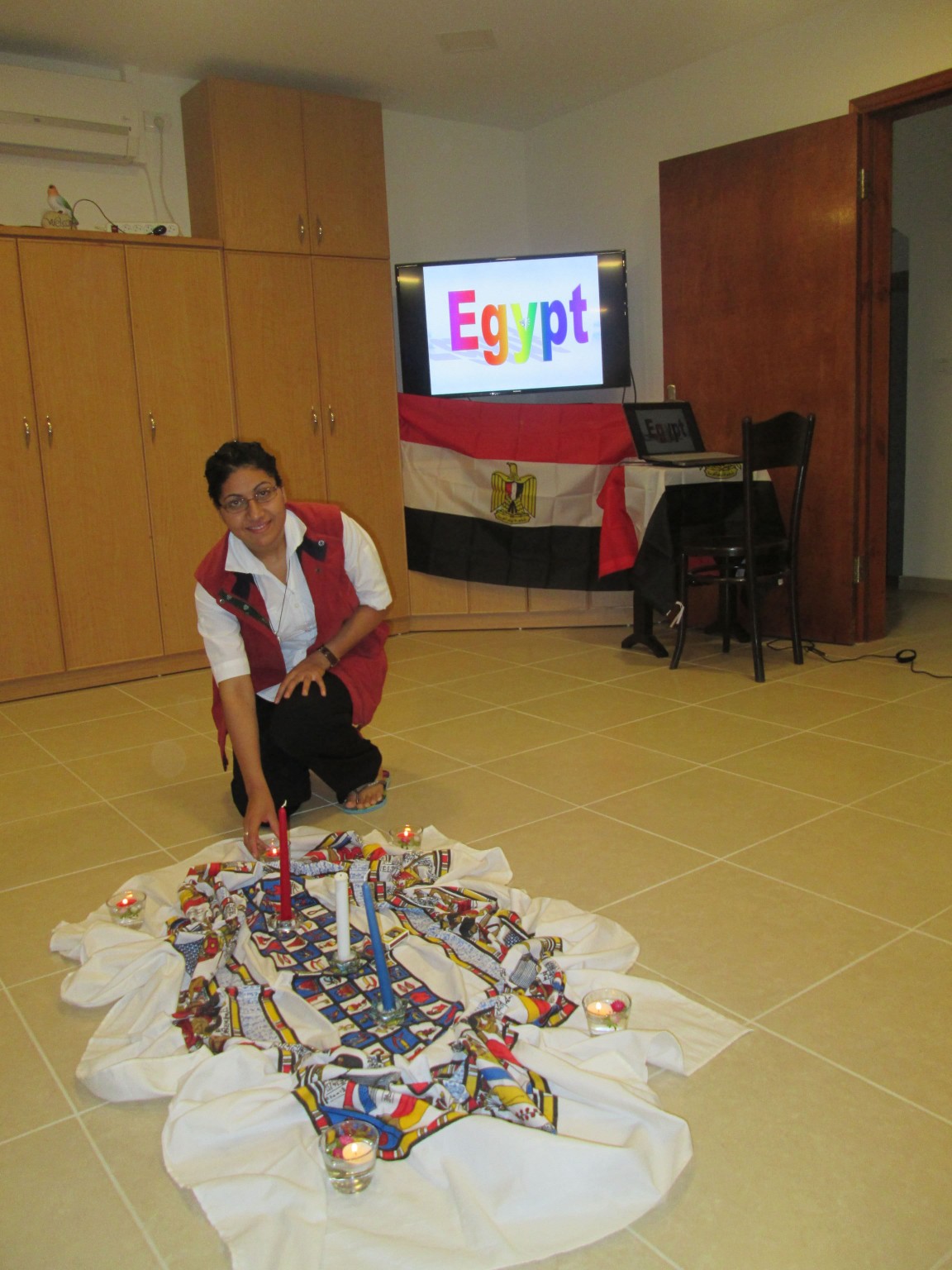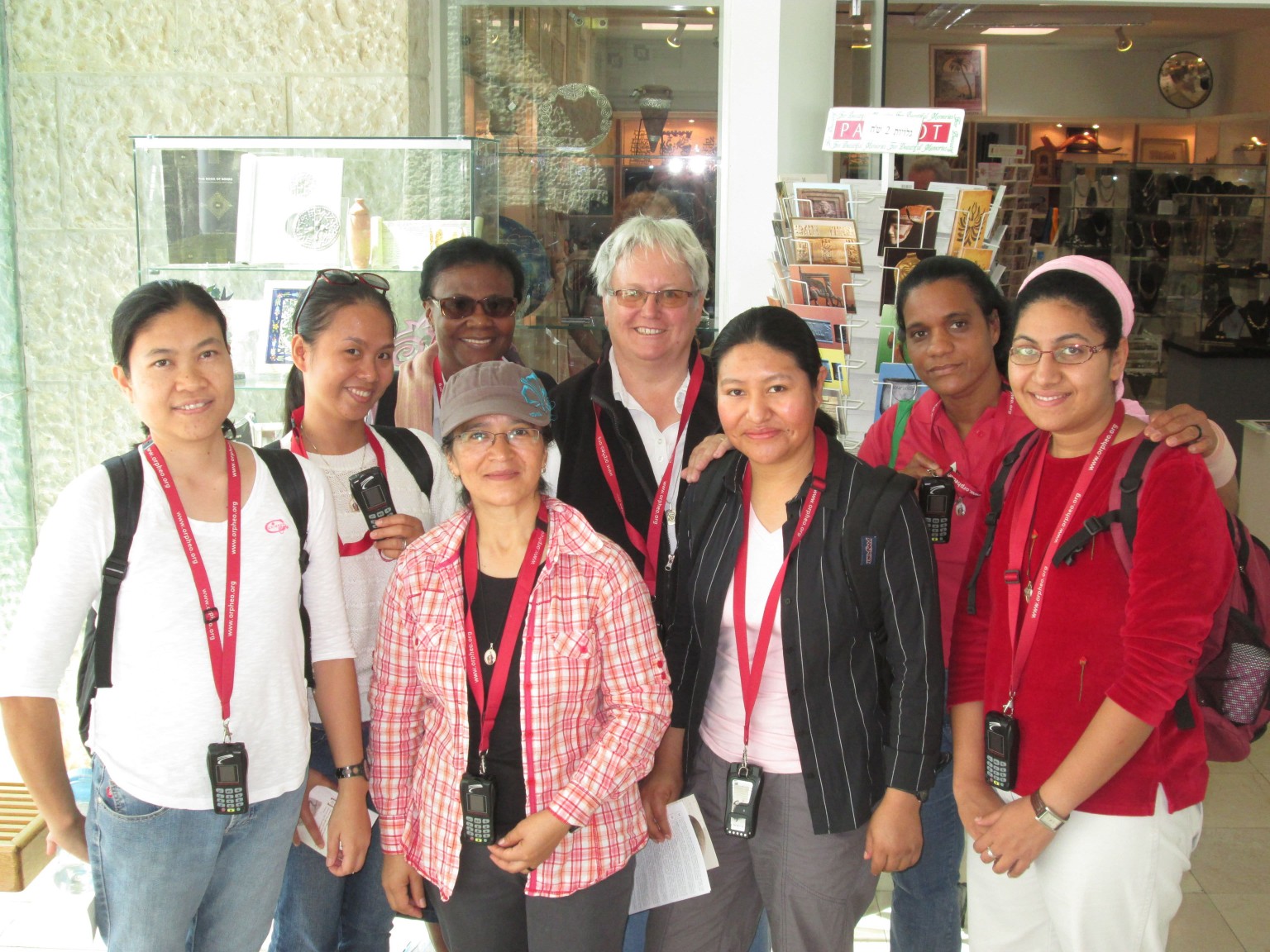The Power of Prayer in Jerusalem What is Prayer? In Jewish tradition: Prayer is an invitation to God to intervenes in our lives daily in a very personal way (Rabbi Abraham J. Heschel). For Jews prayer is collective and is bound up with praising God, benedictions, petitions or supplications and gratitude to what God has done and will continue to do in history. In Jewish tradition prayer is also form of study, when one study the Torah with a partner then it open up an opportunity to hear and listen to God. Prayer is dialogue, an encounter with Self, with Divine and with Others. In Christian Tradition: Prayer is lifting one’s being towards transcendent being, the mysterious Other (John of Damascus). It is a mutual conversation between God and human being. Prayer is like stripping oneself then plunging to the swimming pool and allowing the ultimate source to carry you from the bottom of the pool to the surface. Prayer is simply floating, loosing oneself and discovering oneself with God. In Islam tradition: For Muslims …







